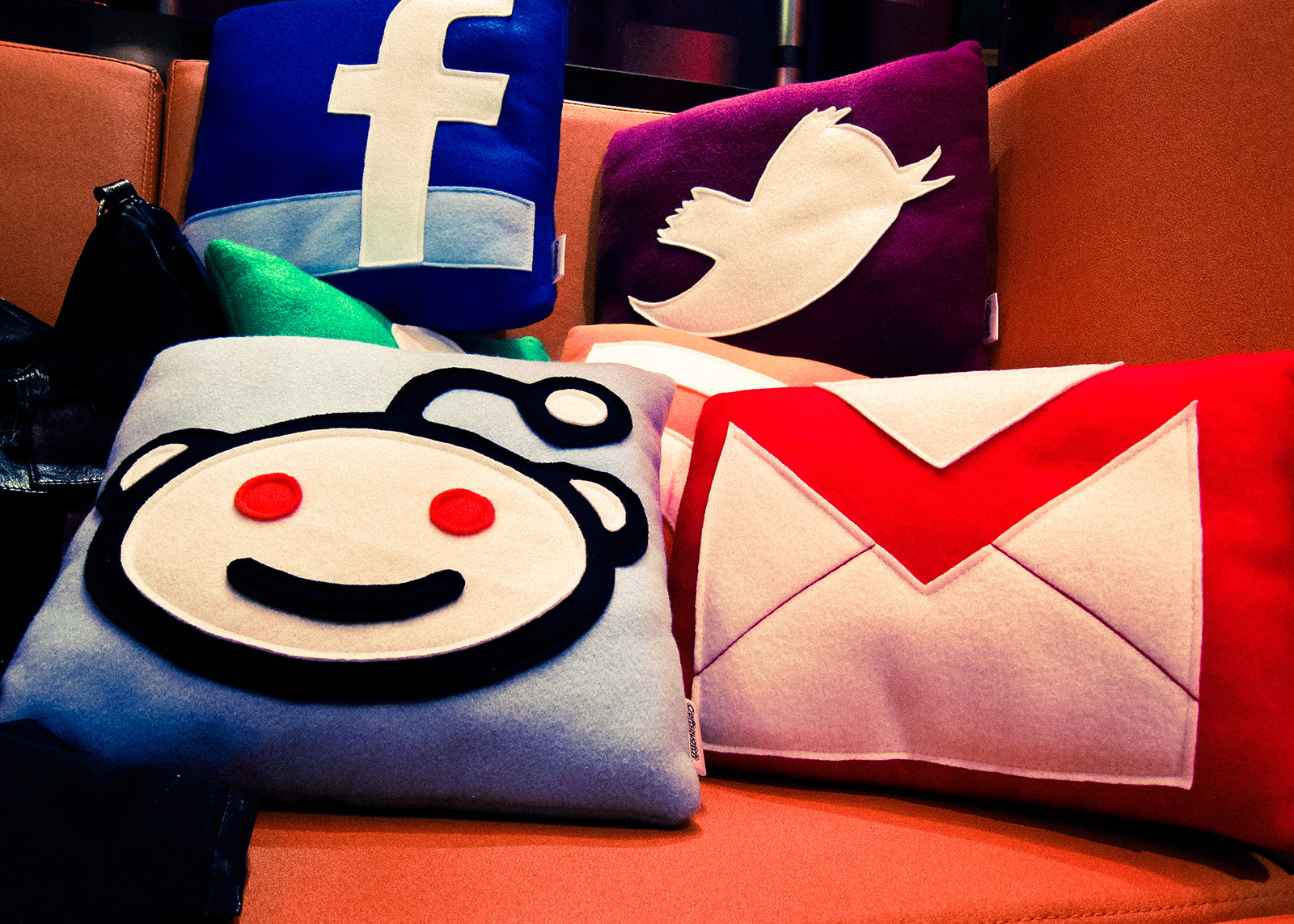The Quad: Shouting into the void – social media in the 2016 election

(Creative Commons photo by Nan Palmero via Flickr)
By Kelly Yeo
Nov. 9, 2016 11:05 a.m.
This post was updated Nov. 10 at 1:15 p.m.
It is time to pick ourselves up, dry off our tears and start tweeting again, even as thousands of UCLA students rose up in angry protest last night as Donald J. Trump was declared the next president of the United States.
For many millennial-age college students following yesterday’s news, we seemed to have missed the point, as social media failed to envision Trump’s win that defied previous polling results. On a campus in a Democratic county residing in a blue state, the blow came especially hard, resulting in the burning of a Trump effigy and a failed attempt to overturn a car.
[ICYMI: Undercommons holds anti-Trump event Wednesday after election results]
It is no surprise to anyone that technology played a vital role in the 2016 presidential campaign. Wired spoke of the “clickbait election” and Trump, last night’s surprise victor, conducted a large portion of his campaign over Twitter, with the resulting media circus often descending into the realm of sexual harassment, alongside threats to put his opponent in jail and creation of trending buzzwords like “nasty woman” and “bad hombre.”
Funny as they were then, these media forms and trends convey the tech-facilitated populist reality of the American political landscape in 2016.
Additionally, in the days leading up to Election Day, Facebook, Snapchat and other services like Spotify participated in “get out the vote” measures, such as a “voting in the U.S. election” Facebook status, Election Day geofilters and even a presidential Spotify message. Twitter, as has been the case since 2012, kept people informed of the night’s surprising results to the latest minute.
Presciently, first-year chemistry student Kyle Patel said yesterday that social media exaggerated voter turnout among younger voters as he waited in line to vote on campus.
Social media definitely played a key role in energizing younger voters to vote, with a Yik Yak survey finding that 62 percent of its user base, mainly teenagers and college students, registered to vote for the first time during the 2016 presidential election, with nine percent doing so online after a social media prompt.
[Related: Professors cancel, postpone midterms in wake of election]
However, in the end, it appears that millennial-age college students are not an exception to the rule that younger voters are “All throat and no vote.” According to exit polls people in the age demographic 18 to 29 turned out in lower numbers than both the 2008 and 2012 presidential elections. Although an official age-based breakdown of voter demographics has not yet been released, Trump’s anti-establishment, populist appeal is likely to have won over older working-class, white voters in the Rust Belt states, which traditionally have been Democratic strongholds in previous election cycles.
As left-leaning students mourn not only a Trump presidency but a Republican Congress and a potential Republican Supreme Court appointment, many turn to venting their frustrations through humor and shared misery by sharing memes, attending fake Facebook events and posting statuses. One such event, ostensibly to be held at UC Berkeley’s Sproul Plaza, “Meet cute single Canadians in case Trump wins” engaged over 15,000 Facebook users, many of them likely University of California students.
It’s evident based on this election’s results that engagement on social media is hardly a tell of how the greater portion of America truly feels. Twitter is known to skew urban in its adult demographic, and Facebook’s capture of 62 percent of the U.S. adult population also skews young and urban.
As we wander blindly into the future, building solidarity with one another and uniting the nation in times of extreme political division, it’s clear we cannot overlook those who have been left behind in the age of Web 2.0, even if they can’t be bothered to tweet, post on Instagram or snap about their concerns. We’ve been living in a bubble, and it’s time for the bubble to pop.
Contributing reports from Sravya Jaladanki, Daily Bruin blogging contributor.


